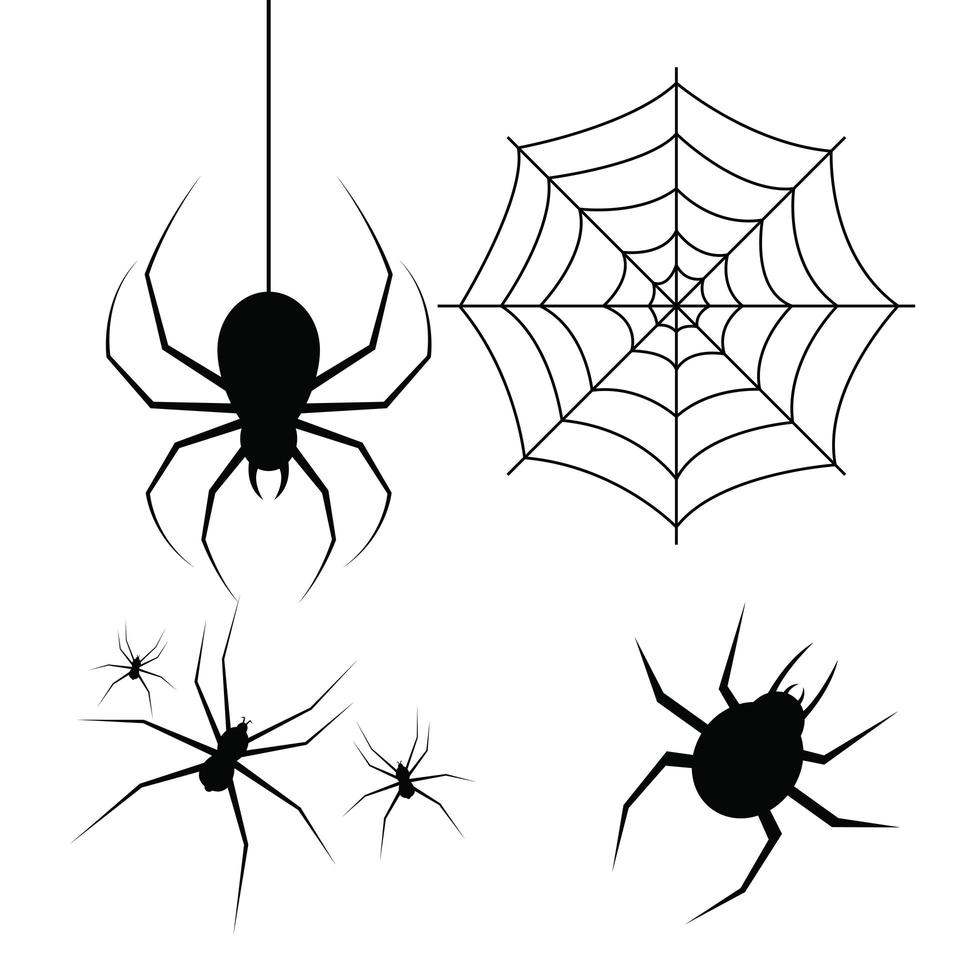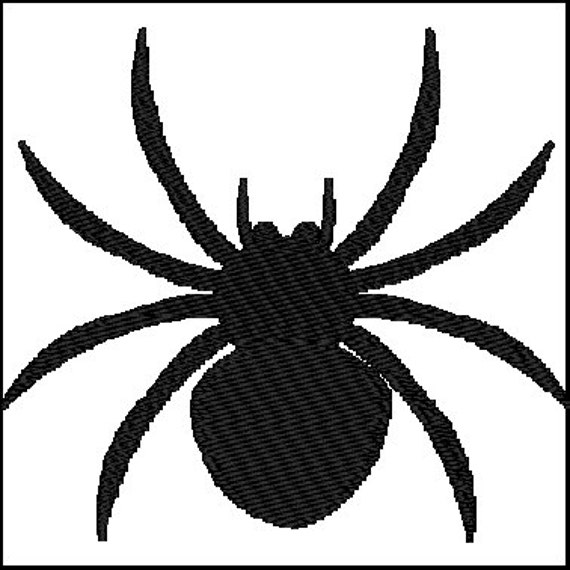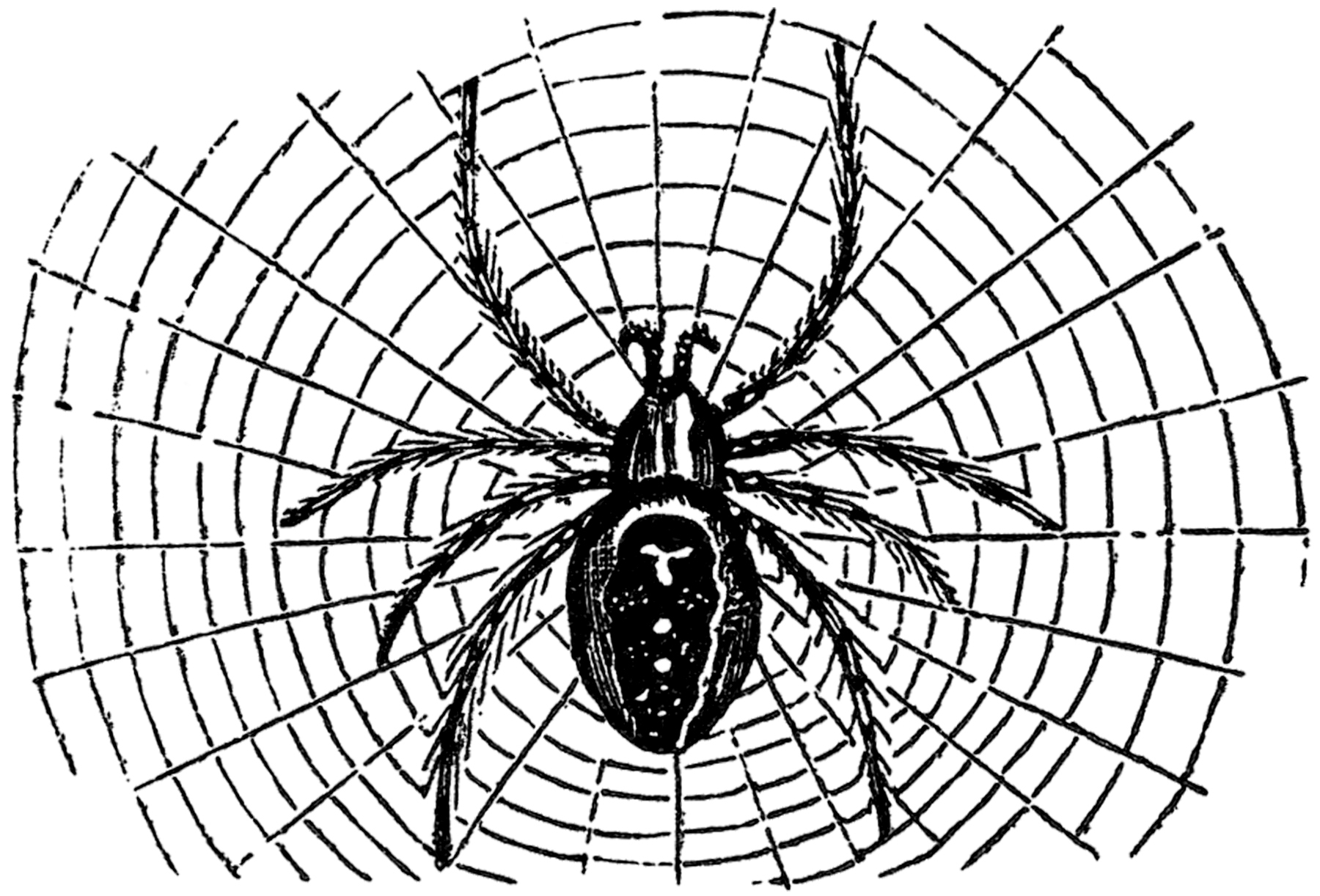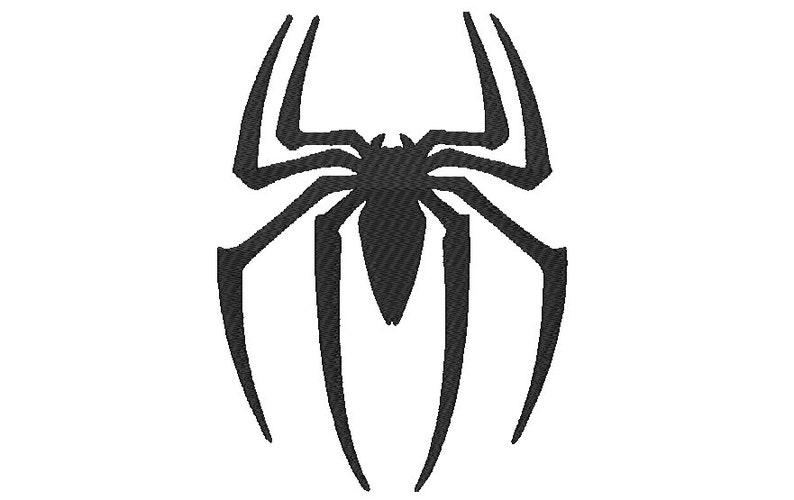
Introduction
Spiders are fascinating creatures known for their intricate and efficient design. Their unique anatomy and web-building skills have captivated scientists and researchers for centuries. In this article, we will explore the fascinating world of spider design and how it has evolved to perfection.

Spider Anatomy
Before diving into the intricate design of spider webs, it's essential to understand the anatomy of these remarkable creatures. Spiders have a cephalothorax, which combines the head and thorax, and an abdomen. They have eight legs, each with specialized structures like tarsi and claws, allowing them to climb and capture prey efficiently.

Web Construction
Spider webs are marvels of engineering, designed to catch prey and provide a safe haven for spiders. The silk used for web construction is produced by specialized abdominal glands. Spiders can create various types of webs, including orb webs, sheet webs, and funnel webs, each with its unique design and purpose.

Orb Webs
Orb webs are perhaps the most well-known spider webs. They are circular in shape and consist of radial and spiral threads. The radial threads provide structural support, while the sticky spiral threads capture prey. The design of orb webs ensures maximum efficiency in trapping insects, with the ability to withstand wind and other external forces.

Sheet Webs
Sheet webs, also known as cobwebs, are flat, horizontal structures often found in corners or crevices. These webs are characterized by their irregular mesh-like pattern. Sheet webs act as a net, capturing flying insects that come into contact with the sticky silk. The design of sheet webs allows spiders to easily detect prey movements and respond accordingly.

Funnel Webs
Funnel webs are unique in their design and serve as both a trap and a retreat for spiders. These webs have a funnel-shaped entrance leading to a silk-lined tunnel where the spider resides. The wide opening of the funnel web captures prey, while the narrow tunnel provides protection for the spider. The design ensures that prey is funneled towards the spider, increasing the chances of successful capture.

Adaptive Design
Spider design is not limited to web construction; spiders have also evolved various adaptive mechanisms to survive and thrive in their environments. Some spiders have developed camouflage techniques, blending seamlessly into their surroundings to avoid detection by predators. Others have evolved intricate mating rituals and courtship displays to attract potential mates.

Spider Silk
The silk produced by spiders is a fascinating material with a wide range of properties. Spider silk is incredibly strong, flexible, and lightweight. It has a higher tensile strength than steel and is known for its elasticity. Scientists are studying spider silk to develop new materials for various applications, including bulletproof vests and artificial tendons.

Conclusion
Spider design is a testament to nature's ingenuity and adaptability. From their intricate anatomy to the construction of elaborate webs, spiders have perfected their designs over millions of years of evolution. Studying spider design not only provides insights into the natural world but also inspires human innovation. By understanding and appreciating spider design, we can gain a deeper appreciation for the wonders of nature.